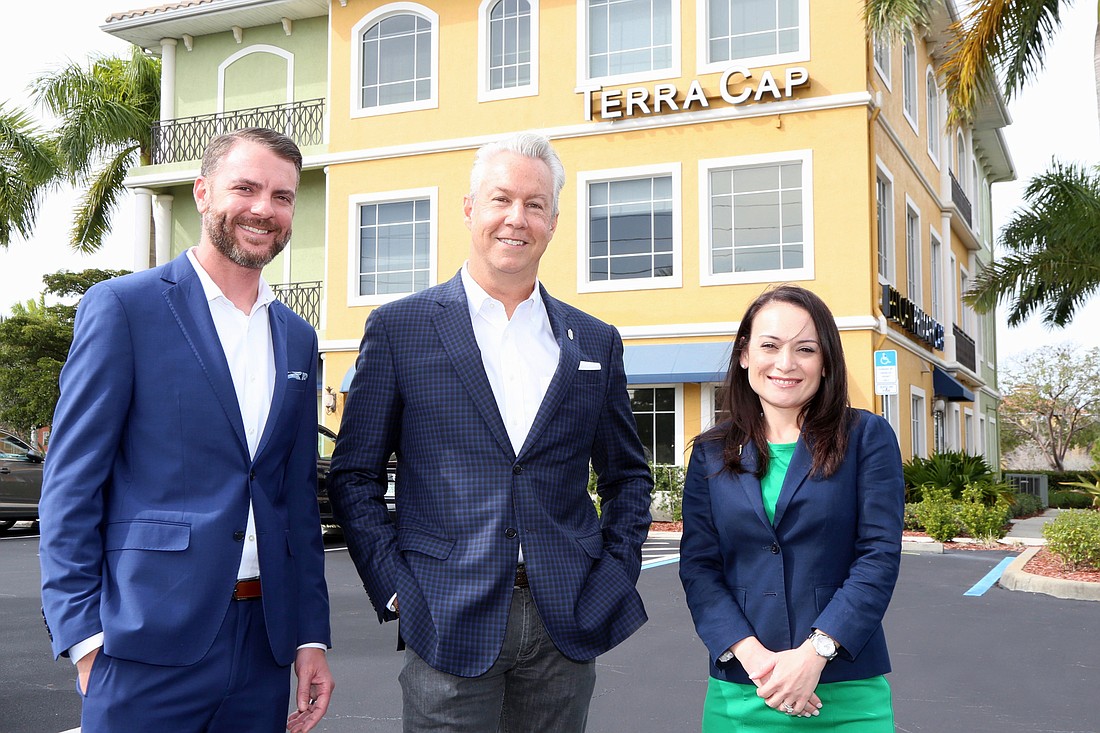- December 15, 2025
-
-
Loading

Loading

A little less than five years ago, Bonita Springs-based TerraCap Management had built up an impressive portfolio of $150 million in assets under management, thanks to its performance on a pair of real estate acquisition funds aimed primarily at distressed office assets in Florida.
Together, the two funds raised enough capital from high net worth individuals and others to buy some four million square feet of space.